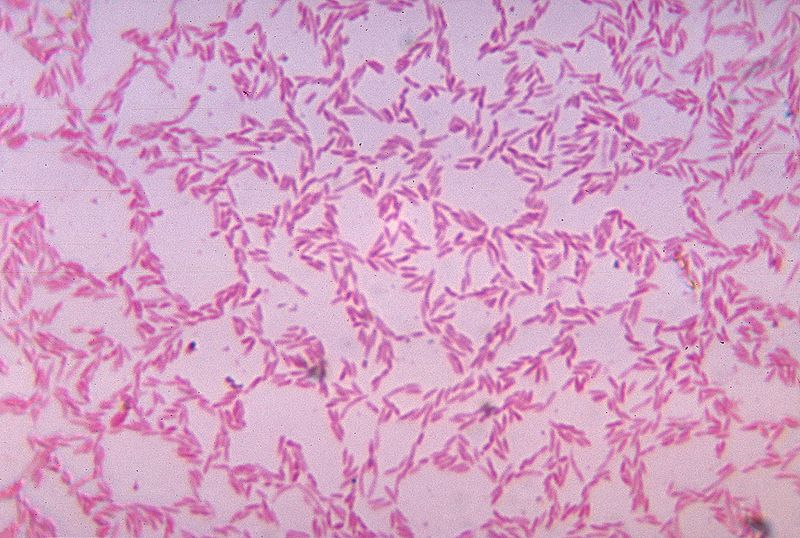Bacteroides and Prevotella are gram negative rods, non- spore forming, encapsulated, anaerobic and non-motile bacteria. Route of entry Part of … Read More »
Pseudomonas Aeruginosa
Pseudomonas aeruginosa is a gram negative rod, which is non- spore forming, motile and a strict aerobe. Route of Entry … Read More »
Proteus Mirabilis
Proteus mirabilis is a gram negative rod with swarming motility. It is facultative anaerobic bacterium having urease activity. Pathogenesis Route … Read More »
Klebsiella-Entrobacter-Serratia Group
Most of these are opportunistic bacteria, usually present in the large intestine. Pathogenesis Klebsiella pneumoniae Infection with K. pneumonia is … Read More »
Helicobacter Pylori
Helicobacter pylori is a gram- negative rod, curved in shape and motile with the help of flagellum. Pathogenesis Route of … Read More »
Campylobacter
Campylobacter is a genus of gram negative, spiral shaped, microaerophilic and motile rods, which are oxidase positive. Pathogenesis Route of … Read More »
Vibrio
Vibrio is a genus of curved, comma-shaped, non-encapsulated, gram- negative facultative rods with shooting-star motility. Vibrio cholerae is responsible for … Read More »
Shigella
Shigella is a genus of gram negative rods, which are non-spore forming, non-encapsulated and non-motile bacteria, responsible for causing enterocolitis … Read More »
Salmonella
Salmonella is a genus of gram negative rods, which are motile, non-spore forming and non-encapsulated facultative anaerobes. These bacteria cause … Read More »
Nonalcoholic Fatty Liver Disease (NAFLD)
Nonalcoholic fatty liver disease is diagnosed from a liver biopsy showing moderate to gross macrovesicular fatty change with or without … Read More »
 howMed Know Yourself
howMed Know Yourself










